A call to a third way—a third path—a path of defining Asia not by proxy wars, but by agency, balance, and collaboration.
A call to a third way—a third path—a path of defining Asia not by proxy wars, but by agency, balance, and collaboration.
By Mehmet Enes Beşer
The United States dominated Southeast Asia by sheer power and imposed its will through military alliances, naval presence, and economics for decades. While Washington presents its presence as a stabilizing one for freedom of seas, open marketplaces, and democratic values, too many of its actions look more like strategic hegemony and less like cooperative leadership. But as the balance of the global order continues to shift and multipolarity is more than a theoretical reality, the question is: Who will reorder the order in the Indo-Pacific? It is not a foreign superpower, though, but the region itself. An integrated, self-assured, and strategically autonomous ASEAN is the most probable counter to American hegemony in Southeast Asia—not by engagement, though, but by quiet refusal and self-definition.
ASEAN, the Association of Southeast Asian nations, was founded on the ideals of regional cooperation, non-interference, and the principle of consensus. Throughout its life, they have both been its virtue and its vice. On one hand, they have helped ASEAN survive in the midst of colossal diversity, ideological divisions, and historical suspicion. On the other hand, they have too often expressed themselves in the guise of institutional gridlock, particularly in moments of crisis. But events in the making—from the intensifying U.S.-China competition, to disrupted supply chains, and the intensifying climate emergency—are unfolding the dangers of excessive reliance on the great powers and the imperative of a more active regional order. In these conditions, ASEAN’s path to becoming a player is to discard its image as a diplomatic talk shop and become the geopolitical player it deserves to be.
The US has sought to shape Southeast Asia through bilateral and security relations, operating around ASEAN as an institution when it suited its interests to do so. Its alignment relations with the Philippines and Thailand, its expanding military relations with Singapore and Vietnam, and its return to the region under the banner of the Indo-Pacific Economic Framework (IPEF) and QUAD-related engagements are part of a larger architecture of influence. Where it emphasizes partnership, it also generates asymmetry—and access, influence, and leverage for itself but not the collective voice of the region. ASEAN’s inability to speak in one foreign policy voice in its engagement of the United States and other foreign partners has enabled this calculus. It need not always do so, however.
True complementarity, a more cohesive ASEAN capable of speaking more in one voice on security, trade, and diplomacy, would serve as a structural restraint on untrammeled U.S. dominance in the region. It would imply multilateralism rather than military posturing, regional convergence rather than externally dictated alignment, and stability rather than strategic competition. Rather than being forced into the choice of sides in the U.S.-China competition, ASEAN can insist on a different logic altogether: one in which the region is not a chessboard but a player, not a buffer zone but a bloc that insists on its own principles, interests, and boundaries. This is not a question of anti-Americanism, but of self-respect. America, like any external power, will behave in its interests. That is the reality, and that is not bad. The work is not to let Southeast Asian interests get marginalized in the process. From the South China Sea to regional digital infrastructure, to resilience against climate change, ASEAN must set the engagement agenda—and not as passive recipients of American aid or Chinese investment, but as equals bearing a common interest in the regional order.
Economic self-sufficiency is a keystone of this reinvention. U.S. and Chinese markets expose the region to geopolitical shakes. A more regional ASEAN economy, with regional value chains, synchronized trade frameworks, and intra-ASEAN infrastructure, will reduce external dependence and create strategic resilience. Models such as the Regional Comprehensive Economic Partnership (RCEP) set the template, but ASEAN must claim it, not just sign onto it.
Another priority is security. ASEAN centrality must go beyond declarations and summits. The group must look at joint sea patrols, cybersecurity cooperation, and disaster response – not dictated by the agenda of the superpowers, but by regional need. Even while ASEAN will always remain a political, and not a military, bloc, there is space to create a strategic one by defining the security architecture of the region, not letting it be defined by faraway capitals.
ASEAN is also diplomatically and culturally gifted. Regionally diverse in systems, in religions, and in orientation, it possesses a unique mediating role and credibility. One ASEAN voice of pragmatism, having a sense of regional identity, and respecting sovereignty can de-escalate great power tensions. This soft power, if applied wisely, will prove more potent than battleships or sanctions.
Conclusion
The future of Southeast Asia is not to be dictated in Washington, or in Beijing, or in any other distant capital—it needs to and will need to be dictated in Jakarta, in Manila, in Hanoi, and in the other capitals comprising ASEAN. It is not a threat to the United States, and not a threat to China, if ASEAN is strong, but it is a necessary antidote to the zero-sum logic, which so dominated regional geopolitics in the past. It is a call to a third way—a third path—a path of defining Asia not by proxy wars, but by agency, balance, and collaboration.
The path of the future will not be easy. ASEAN’s structural weaknesses, internal divisions, and the temptations of bilateral deals will remain in place. But the stakes could not have been higher. In the context of systemic competition and intensifying crises, ASEAN must decide to either become a platform of others or a writer of its own destiny. If it adopts the latter, it can accomplish more than being a buffer, it can be a bridge. It can create a path where autonomy at the regional level displaces external domination, where consent replaces coercion, and where Southeast Asia is no longer a target of the power games, but a subject of regional strategic design. By doing so, ASEAN not only stops American hegemony, it will redefine the concept of power in the 21st-century Indo-Pacific.



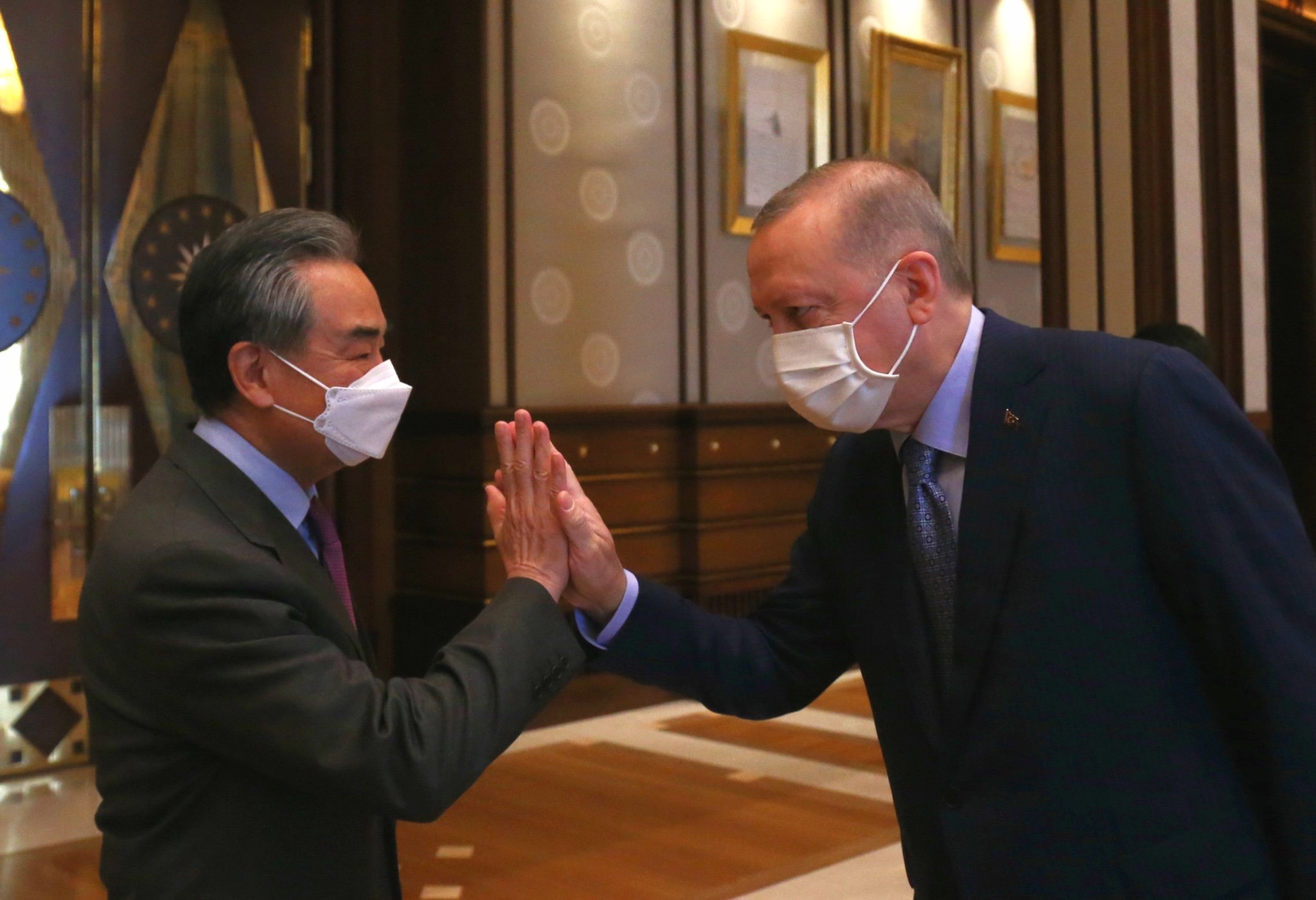







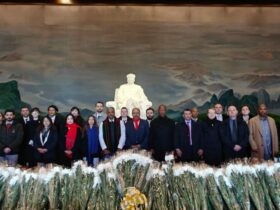

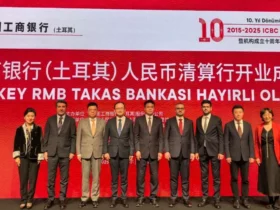

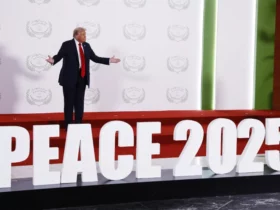
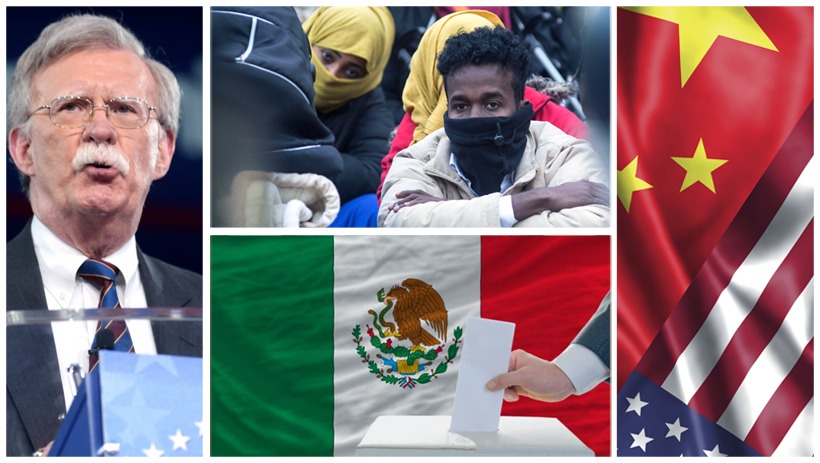
Leave a Reply